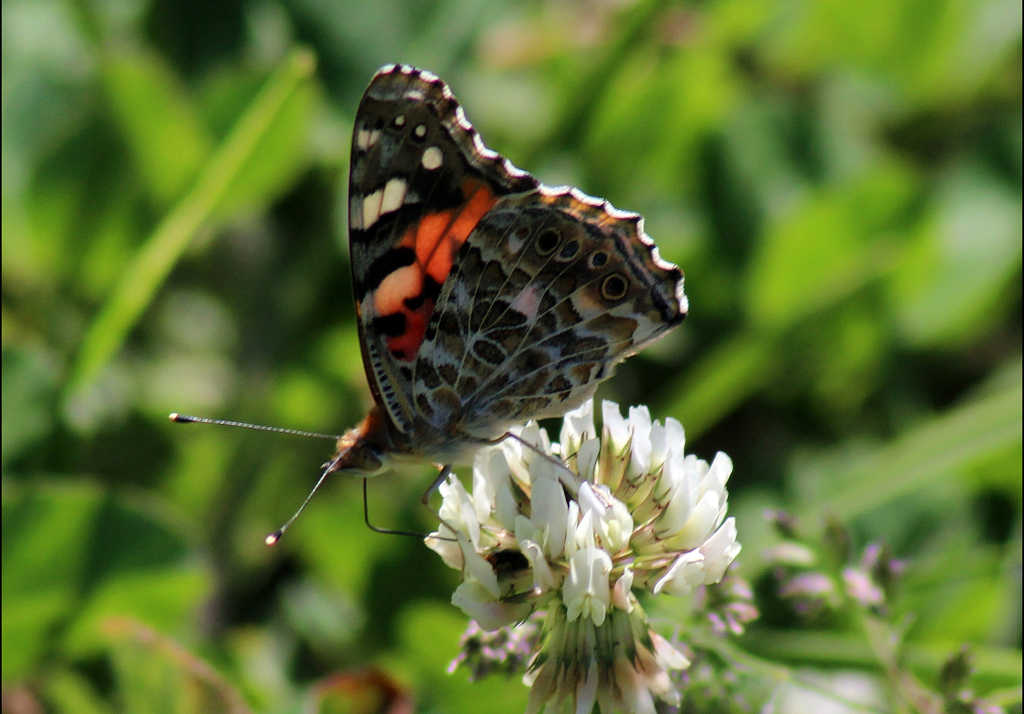
Painted Lady Butterfly
Painted Lady in GHNP – A Butterfly with Global Wings
The Painted Lady (Vanessa cardui) is one of the most widespread butterflies in the world, and it is regularly seen in the Great Himalayan National Park (GHNP). This medium-sized butterfly is admired for its beautiful orange-brown wings with black and white spots and its incredible migratory journey that spans continents.
| Common Name | Painted Lady |
| Scientific name | Vanessa cardui |
| Family | Nymphalidae |
| Description |
The Painted Lady (Vanessa cardui) is one of the most widespread butterfly species in the world, and it’s often spotted fluttering through the diverse landscapes of the Great Himalayan National Park (GHNP). Known for its exceptional migratory behavior, this butterfly travels thousands of kilometers annually, making it one of nature’s most impressive fliers. Painted Ladies are medium-sized butterflies with striking orange-brown wings marked with black and white spots. They are strong, fast fliers and can be found in a wide range of habitats—from deserts and grasslands to alpine meadows. In GHNP, they are commonly seen during the warmer months, feeding on nectar-rich wildflowers and resting on sunlit rocks or paths. The lifecycle of the Painted Lady begins when the female lays eggs on host plants such as thistles, mallows, or nettles. The caterpillars develop quickly, and within weeks, they transform into adult butterflies, ready to continue the migratory journey. This species plays a crucial ecological role, particularly in pollination, and supports a variety of predator species as part of the food chain. Despite its widespread presence, the Painted Lady is sensitive to environmental changes, especially those affecting its migratory routes and breeding grounds. Conservation areas like GHNP provide safe havens where these butterflies can feed, rest, and reproduce. Protecting pollinators like the Painted Lady ensures the survival of entire plant communities. To discover more about GHNP’s rich biodiversity, explore our articles on GHNP Fauna or other beautiful species like the Issoria lathonia. |



